Project aims to improve safety on streets that serve as key connections to civic life
If you want to see how people move around Somerville, visiting Elm Street by the Kennedy School on any weekday morning would be a good place to start.
Standing on the corner of Elm Street and Hancock Street, you’d see younger children arriving at school with their caregivers and older students making the trip on their own. Mixed with the students are harried commuters rushing to the Red Line or commuter rail, or waiting for the 87 to take them to Union Square, and people out running morning errands at the Porter Square shopping center. You’d also see people biking toward Beacon Street to work in Kendall Square and beyond.
Unfortunately, Elm Street along with nearby Somerville Avenue and Beacon Street are high-crash streets for people walking and riding bikes. Fortunately, the city’s upcoming Elm-Beacon Connector project aims to improve safety for everyone.
As a next step, Mayor Katjana Ballantyne, Ward 6 Councilor Lance Davis, Ward 5 Councilor Naima Sait, Ward 3 Councilor Ben Ewen-Campen, Ward 2 Councilor J.T. Scott, and city staff are excited to invite all community members to come to an open house to learn more about the effort, see community feedback and data gathered, review the preliminary design and share their input at a project open house.
- When? Monday, March 10, between 6:30 and 8:30 p.m.
- Where? John F. Kennedy School, 5 Cherry Street
“Our Vision Zero approach reminds us that crashes such as those we have experienced in our city are not acceptable or inevitable. As a city, we’re working daily to prevent them by prioritizing safe street design and aggressively investing in traffic calming. This project is another opportunity to take a significant step forward in an area that serves as a critical connection for our community,” said Mayor Katjana Ballantyne.
After hearing community feedback about transportation safety concerns and priorities through community meetings, street outreach pop-ups, and feedback surveys, the project team has developed preliminary plans for the project.
At the open house, community members can explore different stations describing aspects of the design and talk directly to the project team about their questions and comments. If community members cannot attend, there will be multiple other ways to share feedback such as through an online feedback survey, virtual office hours, street outreach pop-ups and more. Visit somervillema.gov/elmbeacon for more details.
More About the Project
The Elm-Beacon Connector will bring a range safety improvements to Elm Street (between Russell Street and Somerville Avenue), Somerville Avenue (between Acadia Park and Elm Street) Beacon Street (between Somerville Avenue and Oxford Street) and Mossland Street including but not limited to:
Protected bike lanes
This project fulfills a critical connection in the city’s Somerville Bicycle Network Plan, which aims to build a connected 88-mile network of bicycle facilities to key destinations so that people of all ages and abilities can bike across the city.
Crosswalk Improvements
The new design will add “clear corners” markings at intersections to restrict parking within 20 feet of the crossing, improving safety for people crossing the street by making them more visible to people driving. The new design will also incorporate strategic flexible posts along centerlines at some unsignalized crossings to slow motor vehicle turning and increase visibility of crosswalks. Changes to traffic signals operations will also prioritize safety and accessibility.
Neighborway on Mossland Street
By designating Mossland Street as a “Neighborway” the proposed design aims to reduce traffic on the street and make it quiet enough that people of all ages and abilities can safely bike in the street.
Parking Regulations
There are trade-offs between safe, sustainable transportation options and parking given the limited space on our city’s streets and this project will require a reduction in the number of on street parking spaces. At the same time, many residents currently rely on (and will continue to rely on) access to parking.
With this in mind, the city is dedicated to employing creative approaches to regulating curb use and working with local businesses and neighbors to develop strategies that make the best use of limited parking resources. As part of the preliminary design, staff have developed a proposal for revised parking regulations based on feedback from residents and local businesses.
More About Somerville’s Commitment to Vision Zero
In 2017, Somerville formally adopted Vision Zero as part of the city’s strategy and planning process. Vision Zero is a worldwide advocacy campaign focused on reducing and eliminating transportation injuries and fatalities.
The city’s Vision Zero Action Plan outlines a strategy for eliminating deaths and serious injuries from our transportation system and details the actions the city will take. It was developed by a team of city staff and dedicated resident volunteers on the Vision Zero Task Force, including representatives from advisory and advocacy committees from Somerville and the Greater Boston region. The objectives, strategies, and actions set forth are intended to be ambitious, specific, actionable, and measurable.
To learn more about Vision Zero in Somerville visit somervillema.gov/visionzero.


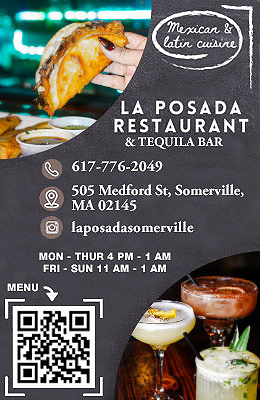
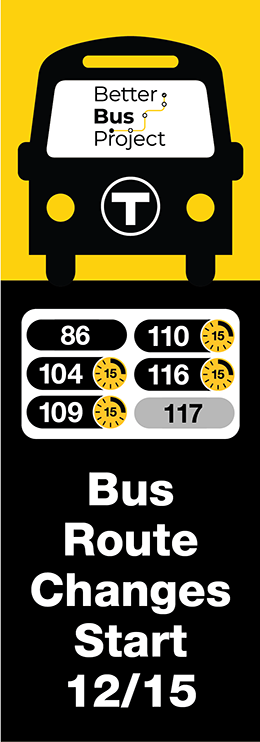

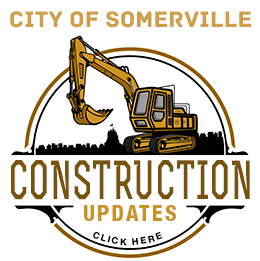

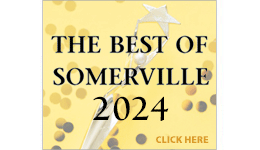



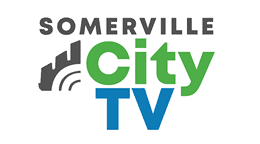
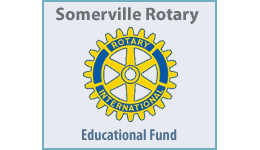
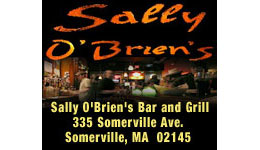

Reader Comments